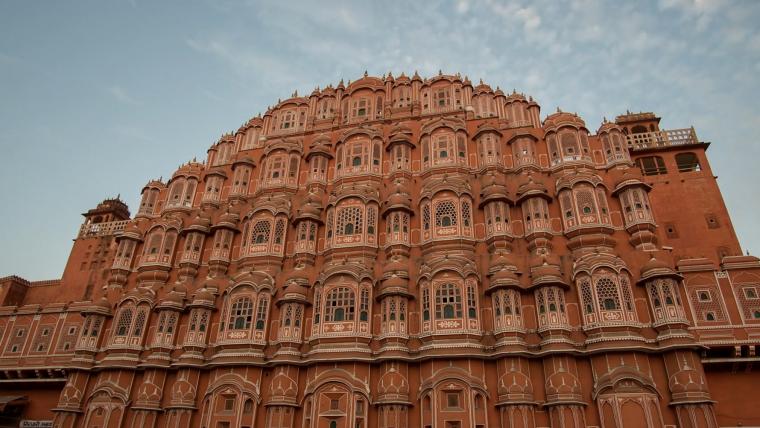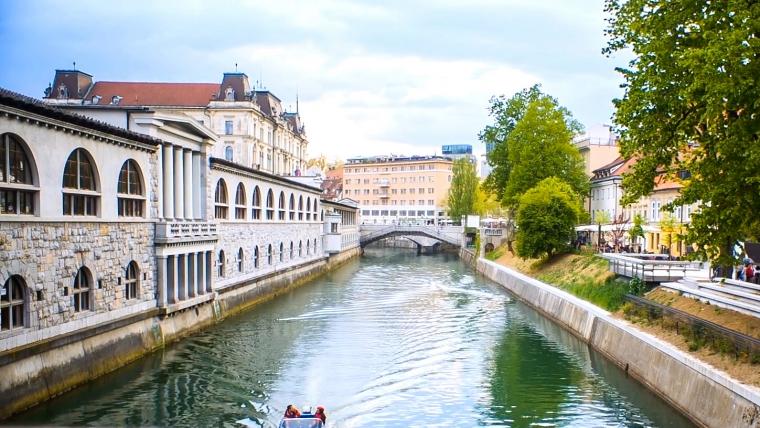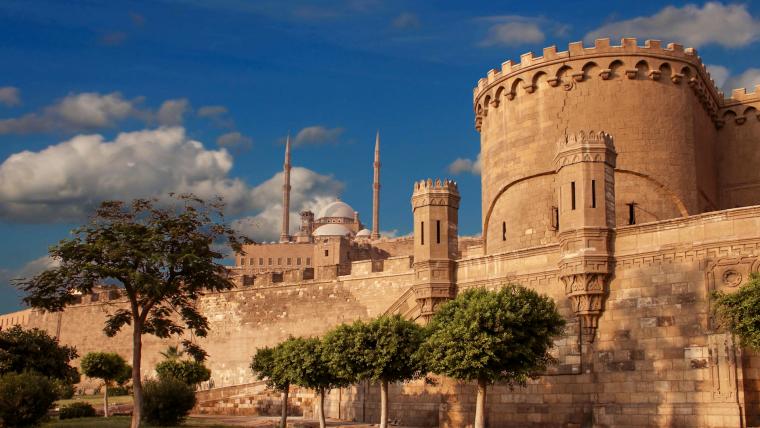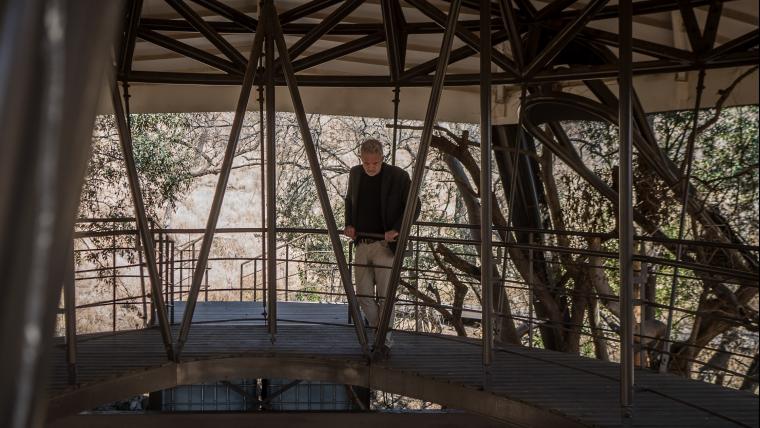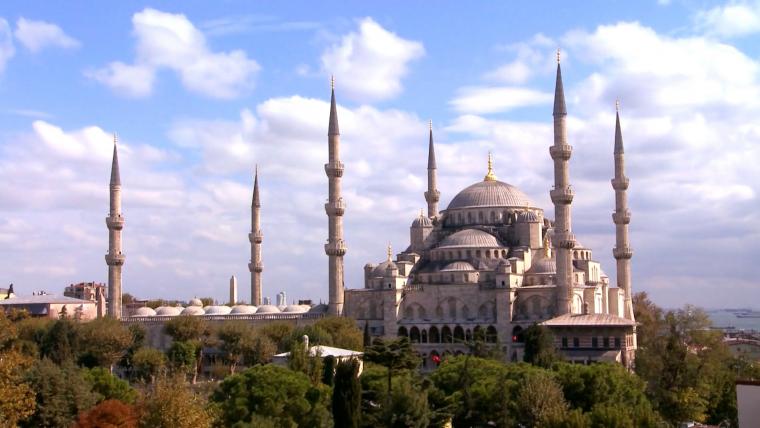
From blue mosques to whirling dervishes, this is the enduring heritage of Istanbul
Among the oldest cities in the world, Istanbul boasts a mosaic of influences from the numerous civilisations that have called it home. Through the millennia, Greeks, Romans, Persians and Ottomans have ruled here. Once known as Byzantium, then Constantinople, the name was finally changed to Istanbul in 1930. History is woven into this city formed by ancient practices and architecture.
At the peak of the Ottoman empire, Constantinople was the capital of one of the most powerful dynasties in the world. After the Turkish Republic was established in 1923, the Republic Monument in Taksim Square was built to commemorate the end of Ottoman rule. The statue depicts the leaders of independence in bronze, standing at 11 metres tall. This is a more recent addition to the city’s plethora of tributes, and a modern contrast to mosques from centuries before.
Two of the most influential mosques in Turkey can be found in Istanbul. Inside the 17th-century Sultanahmet Camii, hand-painted azure tiles are inlaid in the walls and ceilings, lending themselves to the common name of the building – the Blue Mosque. Two hundred stained glass windows bring light and colour into the prayer hall, and the 20 000 Iznik tiles accentuate the interior with patterns of flora. The six minarets flanking the mosque create perfect symmetry around the building. Built to reassert Ottoman power, the Blue Mosque was intended to rival the iconic Hagia Sophia, a five minute walk away.
The Hagia Sophia was initially constructed as a Christian church, and its four minarets were added after it was designated a mosque in 1453. Opulent interior decorations draw in visitors from across the world, from enormous marble doors to delicate golden art. Mosaics dating back to the sixth century fill the mosque, but changing rule to the Ottomans meant that many of these were plastered over to hide their Christian motifs. In 1934, restoration began to uncover some of these artworks after it was declared a museum. Now a mosque once again, when Muslim prayers are in session curtains are drawn on some images.
Not only has the art of Istanbul stood the test of time, but so have its traditions. Sufi whirling has been practised for over 700 years. In time to music, dervishes spin for up to two hours. Abandoning ego to be closer to God, it’s a form of active meditation. The dervish’s cylindrical camel’s hair hat, a sikke, symbolises a tombstone, while the white skirt, or tenure, represents a shroud for the self. Although Sufism was banned after the first world war due to fears of an uprising against secular leaders, Sufi whirling is performed with pride today, a crucial part of Turkish heritage.
With a confluence of cultures dating back thousands of years, Istanbul is a place of celebration. Journey here and revel in its enduring legacy.

